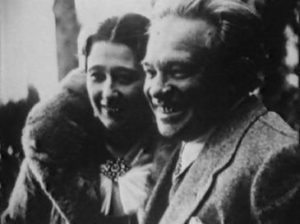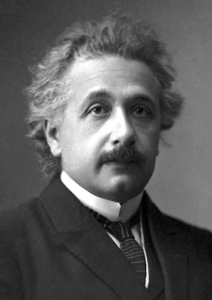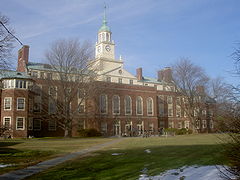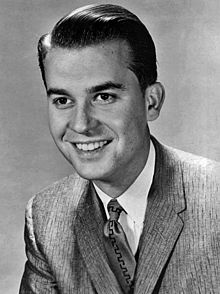| Ralph Waldo Emerson | |
|---|---|
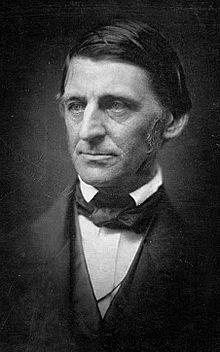 in 1857 |
|
On this day in 1882, essayist, lecturer, philosopher and poet Ralph Waldo Emerson died from pneumonia in Concord, Massachusetts at the age of 78. Born on May 25, 1803 Boston. He led the transcendentalist movement of the mid-19th century. He was seen as a champion of individualism and a prescient critic of the countervailing pressures of society. He disseminated his thoughts through dozens of published essays and more than 1,500 public lectures across the United States.
Emerson gradually moved away from the religious and social beliefs of his contemporaries, formulating and expressing the philosophy of transcendentalism in his 1836 essay “Nature”. Following this work, he gave a speech entitled “The American Scholar” in 1837, which Oliver Wendell Holmes Sr. considered to be America’s “intellectual Declaration of Independence”.
He is one of the key figures of the American romantic movement, and his work has greatly influenced the thinkers, writers and poets that followed him. When asked to sum up his work, he said his central doctrine was “the infinitude of the private man.” Emerson is also well known as a mentor and friend of Henry David Thoreau, a fellow transcendentalist.
Emerson met his first wife, Ellen Louisa Tucker, in Concord, New Hampshire, on Christmas Day, 1827, and married her when she was 18. The couple moved to Boston, with Emerson’s mother, Ruth, moving with them to help take care of Ellen, who was already ill with tuberculosis. Less than two years later, on February 8, 1831, Ellen died, at the age of 20, after uttering her last words: “I have not forgotten the peace and joy”. Emerson was heavily affected by her death and visited her grave in Roxbury daily. In a journal entry dated March 29, 1832, he wrote, “I visited Ellen’s tomb & opened the coffin”.
On January 24, 1835, Emerson wrote a letter to Lydia Jackson proposing marriage. Her acceptance reached him by mail on the 28th. In July 1835, he bought a house on the Cambridge and Concord Turnpike in Concord, Massachusetts, which he named Bush; it is now open to the public as the Ralph Waldo Emerson House.
Emerson changed his wife’s name to Lidian, and would call her Queenie, and sometimes Asia, and she called him Mr. Emerson.
The Final Footprint
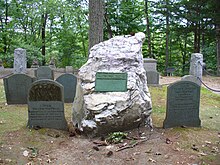
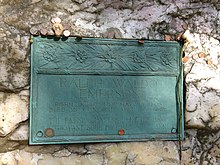
Emerson is buried in Sleepy Hollow Cemetery, Concord, Massachusetts. He was placed in his coffin wearing a white robe given by the American sculptor Daniel Chester French. Other notable final footprints at Sleepy Hollow include; Louisa May Alcott, William Ellery Channing, Nathaniel Hawthorne, and Henry David Thoreau.
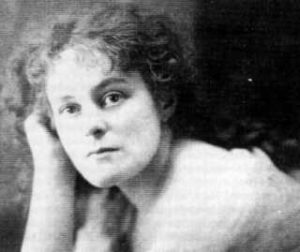 On this day in 1953, English-born Irish revolutionary, feminist, actress, and muse of William Butler Yeats, Maud Gonne died in Clonskeagh, Ireland at the age of 86. Born Edith Maud Gonne on 21 December 1866 in Tongham near Farnham, Surrey, England. She was won over to Irish nationalism by the plight of evicted people in the Land Wars. In 1889, she first met Yeats, who fell in love with her. Gonne in turn, was in love with Lucien Millevoye a French journalist and right-wing politician with whom she would have two children. Many of Yeats’s poems are inspired by her, or mention her. He wrote the plays The Countess Cathleen and Cathleen Ní Houlihan for her. His poem Aedh wishes for the Cloths of Heaven ends with a reference to her:
On this day in 1953, English-born Irish revolutionary, feminist, actress, and muse of William Butler Yeats, Maud Gonne died in Clonskeagh, Ireland at the age of 86. Born Edith Maud Gonne on 21 December 1866 in Tongham near Farnham, Surrey, England. She was won over to Irish nationalism by the plight of evicted people in the Land Wars. In 1889, she first met Yeats, who fell in love with her. Gonne in turn, was in love with Lucien Millevoye a French journalist and right-wing politician with whom she would have two children. Many of Yeats’s poems are inspired by her, or mention her. He wrote the plays The Countess Cathleen and Cathleen Ní Houlihan for her. His poem Aedh wishes for the Cloths of Heaven ends with a reference to her:
I have spread my dreams under your feet;
Tread softly because you tread on my dreams.
Few poets have celebrated a woman’s beauty to the extent Yeats did in his lyric verse about Gonne. From his second book to Last Poems, she became the Rose, Helen of Troy (in No second Troy), the Ledaean Body (Leda and the Swan and Among School Children), Cathleen Ní Houlihan, Pallas Athene and Deirdre. Gonne turned down several proposals from Yeats before marrying John MacBride with whom she would have a son, Seán MacBride. She and MacBride would separate in 1904. Gonne and Yeats reportedly finally consummated their relationship in Paris in 1908. Yeats’ long years of fidelity, so to speak, were rewarded at last, although Yeats would later remark that “the tragedy of sexual intercourse is the perpetual virginity of the soul.” The relationship did not develop into a new phase after their night together. Soon afterwards, Gonne wrote to the poet indicating that despite the physical consummation, they could not continue as they had been: “I have prayed so hard to have all earthly desire taken from my love for you and dearest, loving you as I do, I have prayed and I am praying still that the bodily desire for me may be taken from you too.” By January 1909, Gonne was sending Yeats letters praising the advantage given to artists who abstain from sex. Nearly twenty years later, Yeats recalled the night with Gonne in his poem “A Man Young and Old”:
My arms are like the twisted thorn
And yet there beauty lay;
The first of all the tribe lay there
And did such pleasure take;
She who had brought great Hector down
And put all Troy to wreck.
Gonne published her autobiography in 1938, titled A Servant of the Queen.
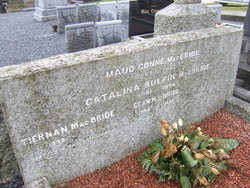 The Final Footprint – Gonne is interred in Glasnevin Cemetery in Dublin, the largest nondenominational cemetery in Ireland. Her grave is marked by a simple upright stone marker. Upon their deaths, her son, his wife and their son were interred next to her. Michael Collins is also interred at Glasnevin.
The Final Footprint – Gonne is interred in Glasnevin Cemetery in Dublin, the largest nondenominational cemetery in Ireland. Her grave is marked by a simple upright stone marker. Upon their deaths, her son, his wife and their son were interred next to her. Michael Collins is also interred at Glasnevin.
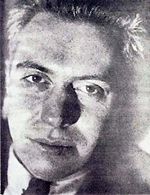 On this day in 1932, poet Hart Crane likely died by suicide by jumping overboard from the steamship Orizaba, in the Gulf of Mexico, at the age of 32. Born Harold Hart Crane on 21 July 1899 in Garrettsville, Ohio. Finding both inspiration and provocation in the poetry of T. S. Eliot, Crane wrote modernist poetry that was difficult, highly stylized, and ambitious in its scope. In perhaps his most ambitious work, The Bridge, Crane sought to write an epic poem, in the vein of The Waste Land, that expressed a more optimistic view of modern, urban culture than the one that he found in Eliot’s work. Crane never married.
On this day in 1932, poet Hart Crane likely died by suicide by jumping overboard from the steamship Orizaba, in the Gulf of Mexico, at the age of 32. Born Harold Hart Crane on 21 July 1899 in Garrettsville, Ohio. Finding both inspiration and provocation in the poetry of T. S. Eliot, Crane wrote modernist poetry that was difficult, highly stylized, and ambitious in its scope. In perhaps his most ambitious work, The Bridge, Crane sought to write an epic poem, in the vein of The Waste Land, that expressed a more optimistic view of modern, urban culture than the one that he found in Eliot’s work. Crane never married.
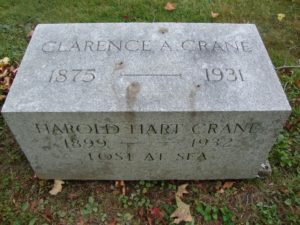 The Final Footprint – Although evidently, Crane had been drinking heavily and left no suicide note, witnesses believed his intentions to be suicidal, as several reported that he exclaimed “Goodbye, everybody!” before throwing himself overboard. His body was never recovered. A marker on his father’s tombstone in Garrettsville includes the inscription, “Harold Hart Crane 1899–1932 lost at sea”.
The Final Footprint – Although evidently, Crane had been drinking heavily and left no suicide note, witnesses believed his intentions to be suicidal, as several reported that he exclaimed “Goodbye, everybody!” before throwing himself overboard. His body was never recovered. A marker on his father’s tombstone in Garrettsville includes the inscription, “Harold Hart Crane 1899–1932 lost at sea”.
In the years following his death Crane has been hailed by playwrights, poets, and literary critics alike, as being one of the most influential poets of his generation. Crane is the subject of The Broken Tower, a 2011 American student film by the actor James Franco who wrote, directed, and starred in the film which was the Master thesis project for his MFA in filmmaking at New York University. He loosely based his script on Paul Mariani’s 1999 nonfiction book The Broken Tower: A Life of Hart Crane. Beyond poetry, Crane’s suicide inspired several works of art by noted artist Jasper Johns, including “Periscope,” “Land’s End,” and “Diver,” the “Symphony for Three Orchestras” by Elliott Carter (inspired by the “Bridge”) and the painting by Marsden Hartley “Eight Bells’ Folly, Memorial for Hart Crane.”
| Al Hirt | |
|---|---|
 in 1966 |
|
On this day in 1999, trumpeter and bandleader, Jumbo, The Round Mound of Sound, The King, Al Hirt died from liver failure in New Orleans at the age of 76. Born Alois Maxwell Hirt on November 7, 1922 in New Orleans. Perhaps best remembered for his million-selling recordings of “Java” and the accompanying album Honey in the Horn (1963), and for the theme song to The Green Hornet. Hirt was inducted into The Louisiana Music Hall of Fame in November 2009.

Al Hirt club on the corner of Bourbon Street and St Louis in the French Quarter, 1977
In 1962 Hirt opened his own club on Bourbon Street in the French Quarter, which he ran until 1983. He also became a minority owner in the NFL expansion New Orleans Saints in 1967.
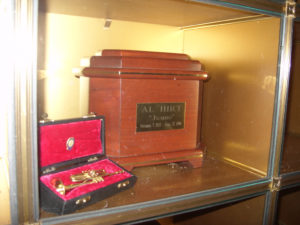 The Final Footprint
The Final Footprint
Hirt’s cremated remains are inurned at Metairie Cemetery in New Orleans. Other notable final footprints at Metairie include; Pete Fountain, Jim Garrison, Louis Prima, and Stan Rice.
Have you planned yours yet?
Follow TFF on Twitter @RIPTFF

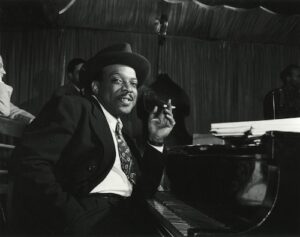
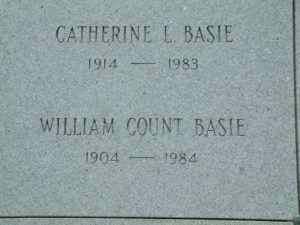
 On this day in 1989, legendary comedian, film, television, stage and radio actress, model, film and television executive, multiple Emmy winner, Lucille Ball died Cedars-Sinai Medical Center in Los Angeles from an aortic aneurysm at the age of 77. Born Lucille Désirée Ball on 6 August 1911 in Jamestown, New York. Perhaps best known as the star of the sitcom I Love Lucy, co-starring her then husband Desi Arnaz as Ricky Ricardo and Vivian Vance and William Frawley as Ethel and Fred Mertz, the Ricardo’s landlords and friends. Ball met and eloped with Cuban bandleader Arnaz in 1940. Ball and Arnaz founded Desilu Productions and Desilu Studios which was home to I Love Lucy and other hit television shows including; Star Trek, The Andy Griffith Show, Mission: Impossible, The Dick Van Dyke Show, The Lucy Show, My Three Sons, Family Affair, The Untouchables, I Spy, Mannix, Gomer Pyle, USMC, and That Girl. On 17 July 1951, almost 40 years old, Ball gave birth to their first child, Lucie Désirée Arnaz. A year and a half later, Ball gave birth to their second child, Desiderio Alberto Arnaz IV, known as Desi Arnaz, Jr. Ball and Arnaz divorced on 4 May 1960. Her second marriage was to Gary Morton (1961-1989 her death).
On this day in 1989, legendary comedian, film, television, stage and radio actress, model, film and television executive, multiple Emmy winner, Lucille Ball died Cedars-Sinai Medical Center in Los Angeles from an aortic aneurysm at the age of 77. Born Lucille Désirée Ball on 6 August 1911 in Jamestown, New York. Perhaps best known as the star of the sitcom I Love Lucy, co-starring her then husband Desi Arnaz as Ricky Ricardo and Vivian Vance and William Frawley as Ethel and Fred Mertz, the Ricardo’s landlords and friends. Ball met and eloped with Cuban bandleader Arnaz in 1940. Ball and Arnaz founded Desilu Productions and Desilu Studios which was home to I Love Lucy and other hit television shows including; Star Trek, The Andy Griffith Show, Mission: Impossible, The Dick Van Dyke Show, The Lucy Show, My Three Sons, Family Affair, The Untouchables, I Spy, Mannix, Gomer Pyle, USMC, and That Girl. On 17 July 1951, almost 40 years old, Ball gave birth to their first child, Lucie Désirée Arnaz. A year and a half later, Ball gave birth to their second child, Desiderio Alberto Arnaz IV, known as Desi Arnaz, Jr. Ball and Arnaz divorced on 4 May 1960. Her second marriage was to Gary Morton (1961-1989 her death).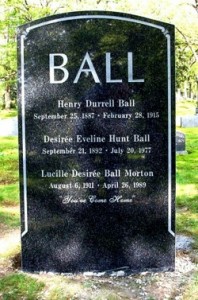
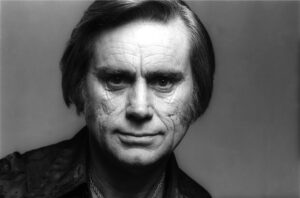
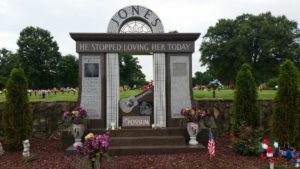
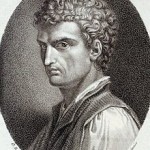
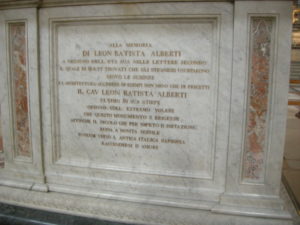

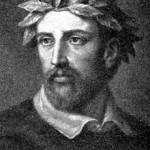

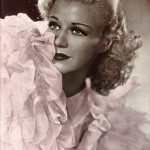
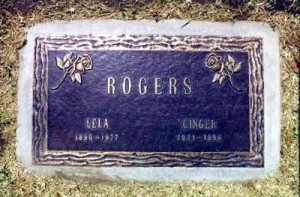
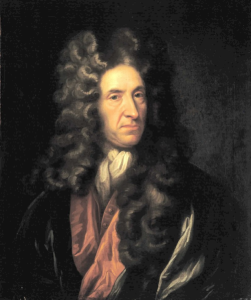

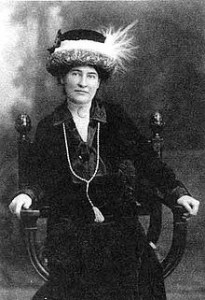
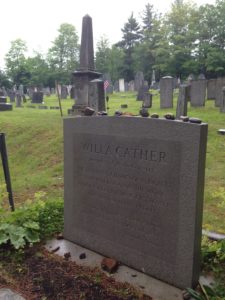
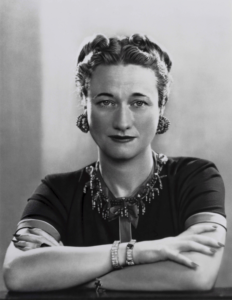
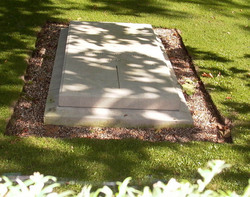

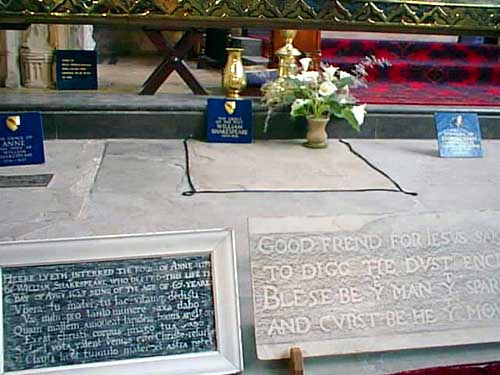
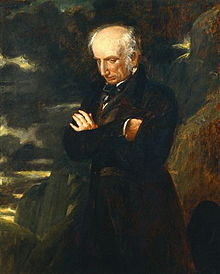
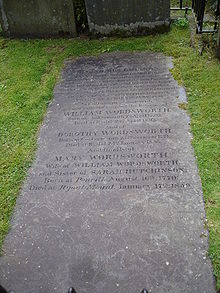
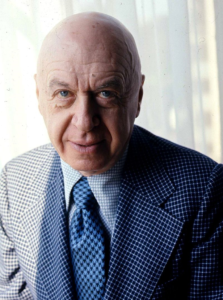


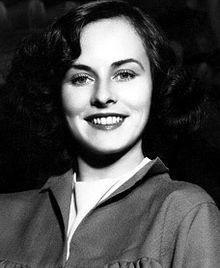
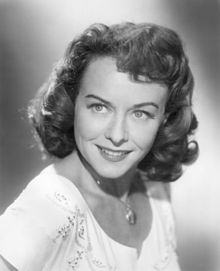


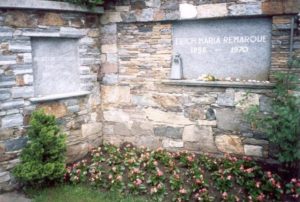
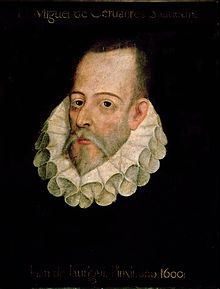
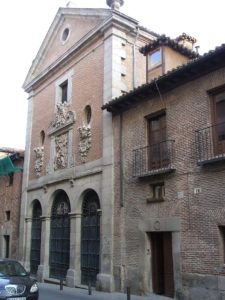

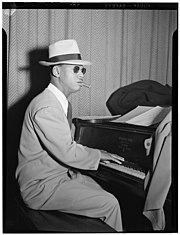
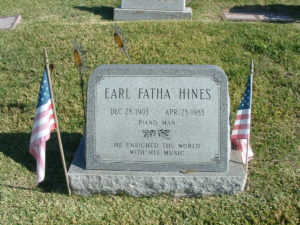 The Final Footprint
The Final Footprint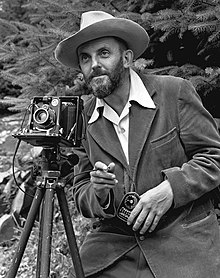



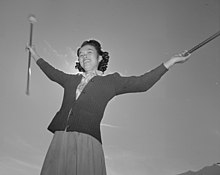

 The Final Footprint
The Final Footprint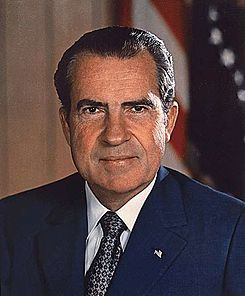
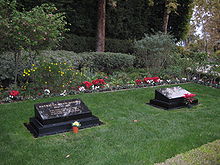
 On this day in 2004, Arizona State Sun Devil, pro football player and United States Army Ranger, Pat Tillman died in the mountains of Afghanistan as a result of a friendly fire incident. Born Patrick Daniel Tillman on 6 November 1976, in Fremont, California. Tillman left his professional career and enlisted in the United States Army in June 2002 in the aftermath of the September 11 attacks. His service in Iraq and Afghanistan, and subsequent death, were the subject of much media attention. Tillman served several tours in combat before he died. At first, the Army reported that Tillman had been killed by enemy fire. Controversy ensued when the Pentagon notified the Tillman family that he had died as a result of a friendly fire incident. Tillman’s family and other critics allege that the Department of Defense delayed the disclosure for weeks after Tillman’s memorial service out of a desire to protect the image of the U.S. armed forces.
On this day in 2004, Arizona State Sun Devil, pro football player and United States Army Ranger, Pat Tillman died in the mountains of Afghanistan as a result of a friendly fire incident. Born Patrick Daniel Tillman on 6 November 1976, in Fremont, California. Tillman left his professional career and enlisted in the United States Army in June 2002 in the aftermath of the September 11 attacks. His service in Iraq and Afghanistan, and subsequent death, were the subject of much media attention. Tillman served several tours in combat before he died. At first, the Army reported that Tillman had been killed by enemy fire. Controversy ensued when the Pentagon notified the Tillman family that he had died as a result of a friendly fire incident. Tillman’s family and other critics allege that the Department of Defense delayed the disclosure for weeks after Tillman’s memorial service out of a desire to protect the image of the U.S. armed forces.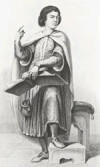
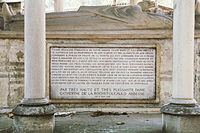
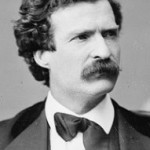 On this day in 1910, author and humorist, Mark Twain died of a heart attack in Redding, Connecticut at the age of 74. Born Samuel Langhorne Clemens on 30 November 1835 in Florida, Missouri. Perhaps most noted for his novels, The Adventures of Tom Sawyer (1876), and its sequel, Adventures of Huckleberry Finn (1885). Ernest Hemingway said “All modern American literature comes from” Huckleberry Finn. William Faulkner called Twain “the father of American literature.” Jimmy Buffett included Twain’s Following the Equator (1869) on his “baker’s dozen of books I would have to take to a desert island.” Twain was a steamboat pilot on the Mississippi and took his pen name from the riverboat measurement term “mark twain” or two fathoms (12 feet). Two fathoms, a depth indicating safe water for passage of boat, was measured on the sounding line. The term twain is an archaic term for “two.” The riverboatman’s cry was by the mark twain, meaning according to the mark on the line, the depth is two fathoms and it is safe to pass. Twain married Olivia Langdon (1870-1904 her death). In 1909, Twain was quoted as saying: “I came in with Halley’s Comet in 1835. It is coming again next year, and I expect to go out with it. It will be the greatest disappointment of my life if I don’t go out with Halley’s Comet. The Almighty has said, no doubt: ‘Now here are these two unaccountable freaks; they came in together, they must go out together.” His prediction was accurate and he got his wish passing away one day after the comet’s closest approach to earth. Both Tom Sawyer and Huck Finn were a part of my childhood.
On this day in 1910, author and humorist, Mark Twain died of a heart attack in Redding, Connecticut at the age of 74. Born Samuel Langhorne Clemens on 30 November 1835 in Florida, Missouri. Perhaps most noted for his novels, The Adventures of Tom Sawyer (1876), and its sequel, Adventures of Huckleberry Finn (1885). Ernest Hemingway said “All modern American literature comes from” Huckleberry Finn. William Faulkner called Twain “the father of American literature.” Jimmy Buffett included Twain’s Following the Equator (1869) on his “baker’s dozen of books I would have to take to a desert island.” Twain was a steamboat pilot on the Mississippi and took his pen name from the riverboat measurement term “mark twain” or two fathoms (12 feet). Two fathoms, a depth indicating safe water for passage of boat, was measured on the sounding line. The term twain is an archaic term for “two.” The riverboatman’s cry was by the mark twain, meaning according to the mark on the line, the depth is two fathoms and it is safe to pass. Twain married Olivia Langdon (1870-1904 her death). In 1909, Twain was quoted as saying: “I came in with Halley’s Comet in 1835. It is coming again next year, and I expect to go out with it. It will be the greatest disappointment of my life if I don’t go out with Halley’s Comet. The Almighty has said, no doubt: ‘Now here are these two unaccountable freaks; they came in together, they must go out together.” His prediction was accurate and he got his wish passing away one day after the comet’s closest approach to earth. Both Tom Sawyer and Huck Finn were a part of my childhood.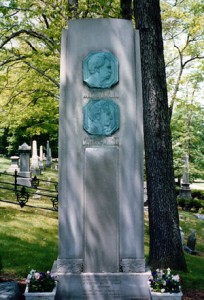

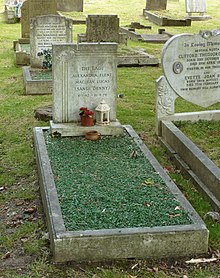
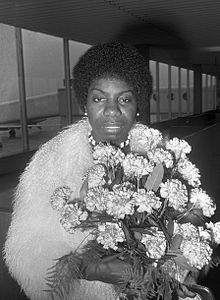 On this day in 2003, singer, songwriter, pianist, arranger, and civil rights activist, Nina Simone died in her sleep at her home in Carry-le-Rouet, Bouches-du-Rhône from breast cancer at the age of 70. Born Eunice Kathleen Waymon in Tryon, North Carolina on 21 February 1933. Simone worked in a broad range of musical styles including classical, jazz, blues, folk, R&B, gospel, and pop. Her recording Gershwin and Gershwin’s, “I Loves You, Porgy” was a hit in the United States in 1958. Over the length of her career Simone recorded more than 40 albums, mostly between 1958, when she made her debut with Little Girl Blue, and 1974. Her musical style arose from a fusion of gospel and pop songs with classical music, in particular with influences from her first inspiration, Johann Sebastian Bach, and accompanied with her expressive jazz-like singing in her characteristic contralto voice. She injected her classical background into her music as much as possible to give it more depth and quality, as she felt that pop music was inferior to classical. Her intuitive grasp on the audience–performer relationship was gained from a unique background of playing piano accompaniment for church revivals and sermons regularly from the early age of six years old.
On this day in 2003, singer, songwriter, pianist, arranger, and civil rights activist, Nina Simone died in her sleep at her home in Carry-le-Rouet, Bouches-du-Rhône from breast cancer at the age of 70. Born Eunice Kathleen Waymon in Tryon, North Carolina on 21 February 1933. Simone worked in a broad range of musical styles including classical, jazz, blues, folk, R&B, gospel, and pop. Her recording Gershwin and Gershwin’s, “I Loves You, Porgy” was a hit in the United States in 1958. Over the length of her career Simone recorded more than 40 albums, mostly between 1958, when she made her debut with Little Girl Blue, and 1974. Her musical style arose from a fusion of gospel and pop songs with classical music, in particular with influences from her first inspiration, Johann Sebastian Bach, and accompanied with her expressive jazz-like singing in her characteristic contralto voice. She injected her classical background into her music as much as possible to give it more depth and quality, as she felt that pop music was inferior to classical. Her intuitive grasp on the audience–performer relationship was gained from a unique background of playing piano accompaniment for church revivals and sermons regularly from the early age of six years old.

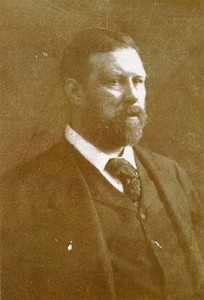
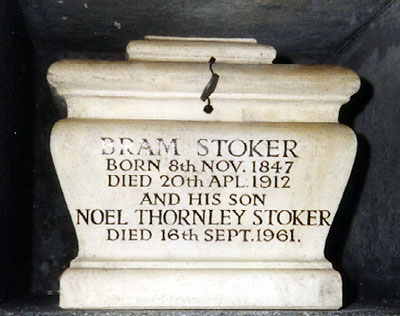 The Final Footprint – Stoker was cremated at Golders Green Crematorium and his cremated remains were placed in a urn at Golders Green. To pay respects to him, visitors must be escorted to the room where the urn is kept. The cremated remains of his son, Irving Noel Stoker, were placed in the same urn following his death in 1961.
The Final Footprint – Stoker was cremated at Golders Green Crematorium and his cremated remains were placed in a urn at Golders Green. To pay respects to him, visitors must be escorted to the room where the urn is kept. The cremated remains of his son, Irving Noel Stoker, were placed in the same urn following his death in 1961.

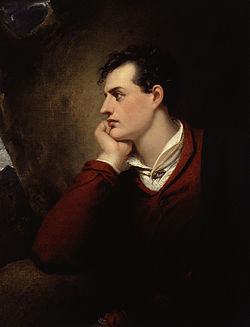
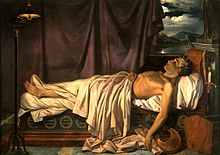
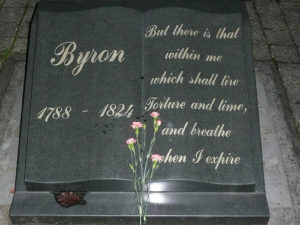 The Final Footprint –
The Final Footprint – 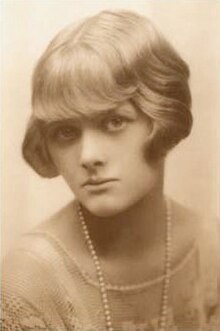
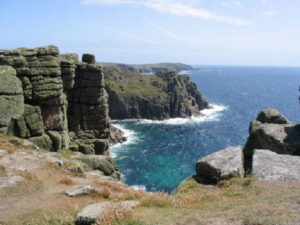


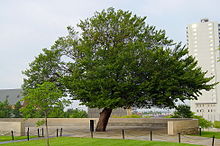

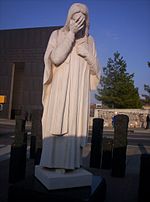
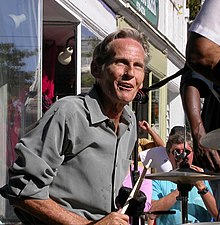


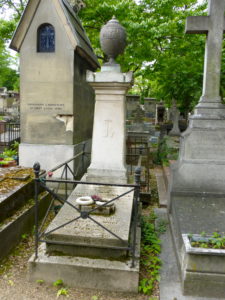










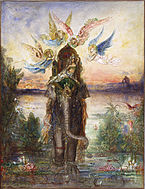





 On this day in 1936 violinist and composer Ottorino Respighi died of endocarditis at the age of 56. Born in an apartment inside Palazzo Fantuzzi on Via Guido Reni in Bologna, Italy, into a musical family 0n 9 July 1879. Perhaps best known for his three orchestral tone poems Fountains of Rome (1916), Pines of Rome (1924), and Roman Festivals (1928). His musicological interest in 16th-, 17th- and 18th-century music led him to compose pieces based on the music of these periods. He also wrote several operas, the most famous being La fiamma.
On this day in 1936 violinist and composer Ottorino Respighi died of endocarditis at the age of 56. Born in an apartment inside Palazzo Fantuzzi on Via Guido Reni in Bologna, Italy, into a musical family 0n 9 July 1879. Perhaps best known for his three orchestral tone poems Fountains of Rome (1916), Pines of Rome (1924), and Roman Festivals (1928). His musicological interest in 16th-, 17th- and 18th-century music led him to compose pieces based on the music of these periods. He also wrote several operas, the most famous being La fiamma.